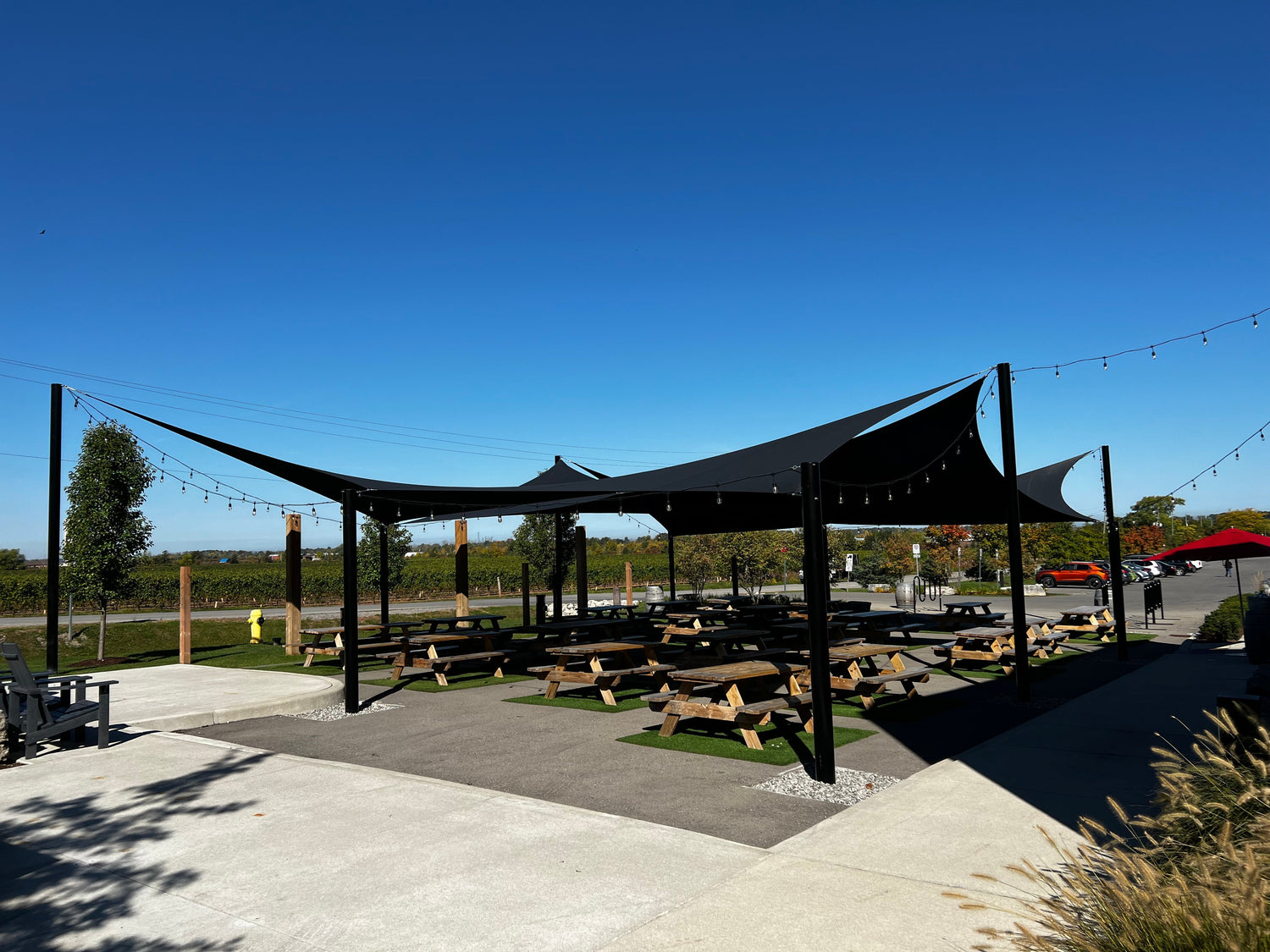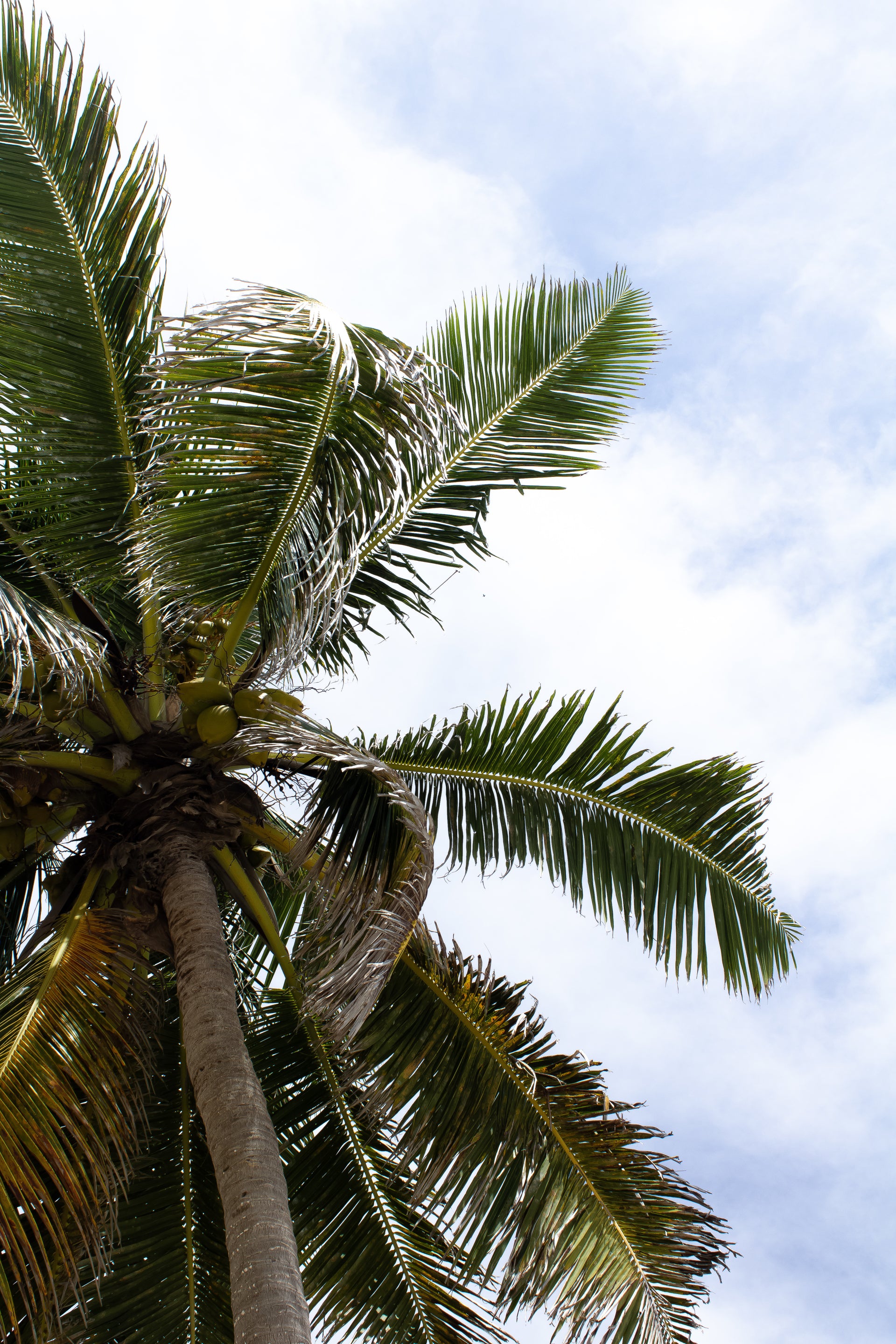Our YouTube channel includes detailed installation guides, frequently asked questions, product overviews and lots more. We are always open to content ideas so please let us know if there is a topic you would like us to cover.
The Role of Tensile Architecture in Modern Landscape Design

Landscape design has continually evolved to incorporate innovative materials and techniques that harmonize functionality with aesthetics. One such advancement, tensile architecture, has significantly transformed contemporary landscape design. By utilizing flexible membranes and lightweight structures, tensile architecture breathes new life into outdoor spaces, ensuring they are both visually striking and practically versatile. This article delves into the impactful role of tensile architecture in modern landscape design, providing comprehensive insights and addressing frequently asked questions.
Defining Tensile Architecture
Tensile architecture involves the use of tensioned membrane structures, typically made from materials such as PVC-coated polyester, PTFE-coated glass fiber, or ETFE. These materials are tensioned by cables, steel, or other supporting elements, resulting in structures that are both lightweight and robust.

The Intersection of Tensile Architecture and Landscape Design
Aesthetic Appeal
One of the foremost benefits of tensile architecture in landscape design is its aesthetic appeal. Tensile structures can take on imaginative and fluid forms that traditional building materials cannot achieve. These structures can act as eye-catching focal points in gardens, parks, or any outdoor areas, enhancing the visual allure and providing a modern touch.
Functionality
Tensile structures offer functional benefits such as providing shade and shelter. They can deftly cover large areas without obstructing views or impeding visitor movement, making them ideal for public parks, amphitheaters, and open garden spaces. Their semi-transparency can play with natural light, creating intriguing patterns and moods.
Sustainability
In today's landscape design, sustainability is paramount. Tensile architecture contributes to this by utilizing materials that are often recyclable and have a smaller carbon footprint during production compared to traditional construction materials. Additionally, the lightweight nature of these structures can result in reduced foundation requirements, further minimizing environmental impact.
Frequently Asked Questions
What Are the Maintenance Requirements for Tensile Structures?
Maintenance is relatively minimal due to the durability of materials like PTFE and PVC-coated polyester. Regular inspections and cleanings suffice to maintain their appearance and structural integrity.
Are Tensile Structures Durable?
Absolutely. Modern tensile materials are engineered to withstand harsh weather conditions, including strong winds, heavy snow, and intense UV radiation. Their lifespan can range from 15 to 30 years, depending on the material and environmental factors.
Can Tensile Structures Be Customized?
Tensile structures are highly customizable. They can be tailored in terms of shape, size, and color to meet specific landscape design requirements. This flexible nature enables landscape architects to seamlessly integrate them into any design scheme.
Real-world Applications
- Urban Parks: Cities like New York and Berlin have incorporated tensile structures in their parks, providing shaded recreational areas that blend seamlessly with natural surroundings.
- Resort Landscapes: Resorts use tensile architecture to create aesthetically pleasing, sustainable, and functional outdoor spaces for guests, ensuring comfort without compromising on design sophistication.
- Cultural Spaces: Tensile structures are also prominent in outdoor cultural venues, such as open-air theaters and concert stages, where they offer unique design opportunities and practical benefits.
Frequently Asked Questions (FAQ) on Landscape Design: The Role of Tensile Architecture
What is the role of tensile architecture in modern landscape design?
Tensile architecture, commonly recognized for structures that utilize tension rather than compression, plays a transformative role in modern landscape design by allowing for innovative, flexible, and sustainable outdoor environments. Its primary function is to provide aesthetically pleasing, functional spaces that can adapt to various landscape needs, from urban parks to large-scale public plazas.
- Aesthetic Flexibility: Tensile structures often use materials such as fabric, membranes, and high-strength cables, which can be molded into an array of shapes and forms. This flexibility enables the creation of unique designs that blend seamlessly with natural surroundings or stand out as striking focal points.
- Functional Versatility: These structures can serve multiple purposes, including shading, shelter, and even gathering spaces. The lightweight nature of tensile materials allows for extensive spans without the need for intrusive support columns, thus preserving and enhancing the open quality of outdoor spaces.
- Environmental Consideration: Tensile architecture promotes sustainability by utilizing materials that can be reused or recycled. These structures are also generally quicker to assemble and disassemble, which reduces construction time and environmental impact.

How is tensile architecture incorporated into landscape design?
Incorporating tensile architecture into landscape design involves strategic planning, material selection, and aesthetic considerations to ensure the structures enhance the overall environment. Here’s a detailed breakdown:
- Site Analysis: The first step is to conduct a thorough site analysis, taking into account factors such as climate, topography, and natural elements. This helps in determining the most suitable locations and orientations for tensile structures.
- Design Integration: Tensile elements should be seamlessly integrated into the landscape design to complement existing features rather than overshadow them. This can involve using tensioned fabric canopies for shaded walkways, tensile pavilions for social gathering areas, or even tensile-covered greenhouses for garden spaces.
- Material Selection: Choosing appropriate materials is crucial. High-performance fabrics like PTFE (Polytetrafluoroethylene) and ETFE (Ethylene Tetrafluoroethylene) offer durability, transparency, and UV resistance, making them ideal for various climatic conditions.
- Structural Considerations: Understanding the tension mechanics is vital. Tensile structures rely on a balance of forces to maintain their shape, which often involves a combination of cables, rigging systems, and anchor points. Collaborating with structural engineers ensures the integrity and safety of the designs.
How has tensile architecture changed the landscape of modern design?
Tensile architecture has significantly influenced modern landscape design by introducing new dimensions of creativity, sustainability, and functionality.
- Innovative Forms: The capability to create dynamic, flowing forms that are not possible with traditional construction has opened up new possibilities for designers. These structures often become iconic elements within urban and natural landscapes, contributing to a location’s identity.
- Sustainable Solutions: The adoption of lightweight, recyclable materials and the efficiency of tensile structures have made them a key component in sustainable design practices. They often require fewer resources and minimize ecological footprint compared to standard construction methods.
- Responsive Designs: Tensile structures can be designed to respond to environmental conditions. For instance, some tensile designs incorporate adaptive systems that adjust to changes in sunlight, wind, and temperature, enhancing user comfort and reducing energy consumption.
Why is tensile architecture important in modern landscape design?
Tensile architecture holds a crucial place in modern landscape design for several compelling reasons:
- Ecological Sensitivity: As environmental concerns become more pressing, tensile architecture offers a means to create structures that have lower environmental impact and can be more harmoniously integrated into natural settings.
- Aesthetic Appeal: The fluid, organic forms of tensile structures contribute to visually captivating environments. Their ability to create both open and intimate spaces enriches the user experience and adds artistic value to landscapes.
- Functional Enhancement: Tensile designs provide practical benefits such as shade and shelter without compromising the openness of outdoor areas. This improves the usability and comfort of public and private spaces, encouraging outdoor activities and social interaction.
- Economic Efficiency: The quick installation and potential for pre-fabrication of tensile structures can lead to cost savings in both construction and maintenance. This makes them an attractive option for large scale projects where budget and time constraints are critical.
Conclusion
Tensile architecture serves as a powerful tool in modern landscape design, merging form and function in ways that traditional materials cannot. Offering aesthetic flexibility, functional versatility, and sustainability, tensile structures are becoming a staple in contemporary outdoor spaces. Whether in urban parks, resort landscapes, or cultural venues, these innovative solutions underscore the dynamic potential of today's landscape design. As we continue to push the boundaries of creativity and efficiency, tensile architecture promises to be at the forefront of our evolving landscapes.
This article has discussed how tensile architecture can revolutionize landscape design, highlighting its aesthetic appeal, functionality, and sustainability. If you're looking to transform an outdoor space, incorporating tensile structures could be the visionary solution you need.



